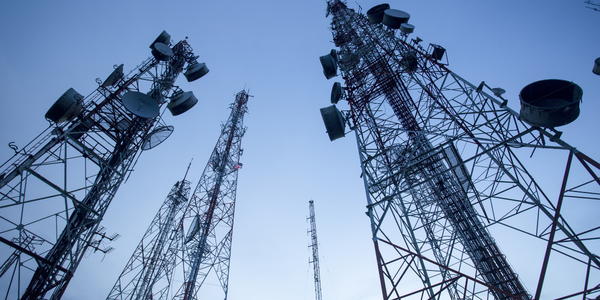Technology Category
- Application Infrastructure & Middleware - Blockchain
- Application Infrastructure & Middleware - Event-Driven Application
Applicable Industries
- National Security & Defense
- Telecommunications
Use Cases
- Tamper Detection
About The Customer
SpaceChain is a pioneering company in the field of blockchain technology in space. It is Spire’s first blockchain client and one of the first in the world to explore the possibilities of blockchain in space. The company has received funding from the European Space Agency (ESA) to create a satellite-based multisignature wallet, enabling ultra-secure cryptocurrency payments in FinTech and for businesses. SpaceChain has already achieved a significant milestone by completing the first blockchain transaction in space, with security guaranteed by satellite communication.
The Challenge
SpaceChain, a pioneer in exploring the possibilities of blockchain in space, faced a significant challenge. As cryptocurrency became more widely used, the company sought to add an additional layer of security and encryption to the already secure distributed and decentralized infrastructure of blockchain. They were in search of a global solution that could help them scale their application coverage in space. The company needed a partner that could not only take their application to space but also ensure the secure transmission of data. This was crucial as SpaceChain had received funding from the European Space Agency (ESA) to create a satellite-based multisignature wallet for ultra-secure cryptocurrency payments in FinTech and for businesses.
The Solution
SpaceChain found the perfect solution in Spire, a company offering software in space-as-a-service. Having been part of Spire’s Brain in Space initiative, both companies shared common goals around innovation and the potential of the New Space economy. To achieve its objectives, SpaceChain leveraged Spire’s growing constellation of more than 100 satellites and its software capabilities, including the “SABERTOOTH” supercomputing module, an ultra-fast and power-efficient embedded AI computing device. The project was executed in two phases. In the first phase, Spire completed an on-orbit upload of SpaceChain’s blockchain-enabled software to Spire’s existing constellation. In the second phase, a larger piece of software was loaded on the Spire LEMUR satellite, which was launched on the SpaceX Falcon 9 rocket in January 2022.
Operational Impact
Quantitative Benefit

Case Study missing?
Start adding your own!
Register with your work email and create a new case study profile for your business.
Related Case Studies.

Case Study
Vodafone Hosted On AWS
Vodafone found that traffic for the applications peak during the four-month period when the international cricket season is at its height in Australia. During the 2011/2012 cricket season, 700,000 consumers downloaded the Cricket Live Australia application. Vodafone needed to be able to meet customer demand, but didn’t want to invest in additional resources that would be underutilized during cricket’s off-season.

Case Study
SKT, Construction of Smart Office Environment
SK T-Tower is the headquarters of SK Telecom. Inside the building, different types of mobile devices, such as laptops, smartphones and tablets, are in use, and with the increase in WLAN traffic and the use of quality multimedia data, the volume of wireless data sees an explosive growth. Users want limitless Internet access in various places in addition to designated areas.

Case Study
Data Capture for Afghanistan Forces
Electronic equipments on the field of Afghanistan provided information on the status of the vehicle and to identify potential threats surrounding it to the British Force. The monitoring and interpretation of this data requires robust and sophisticated digitization for data capture and communication.










